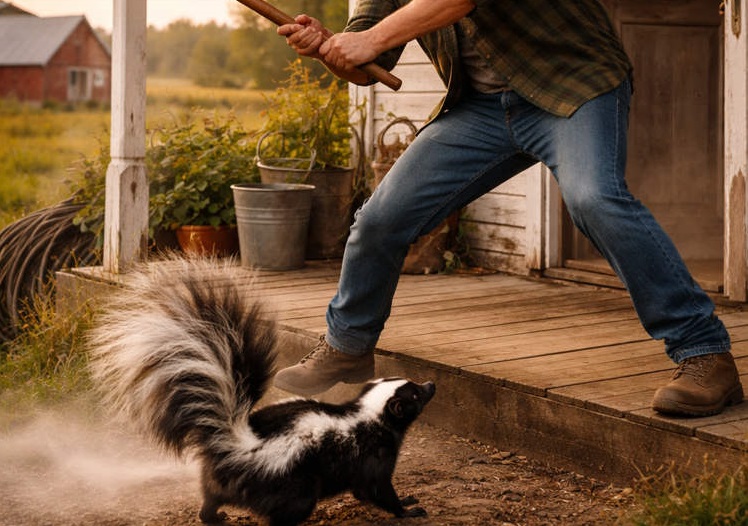David Latimer is one of the world’s few proud owners of an entirely self-sustaining bottled garden. Looking at pictures of the lush green bottle, you’d think that growing it involved a lot of hard work. But the truth is that David hasn’t even watered it in over 40 years. It’s just been sitting under the hallway stairs in his home and it’s doing extremely well on its own.
The story of his this amazing experiment began in 1960, on Easter Sunday, when David decided that it would be fun to start a bottle garden. Since they were a bit of a craze back then, he wanted to see for himself what the fuss was all about. So out of idle curiosity, he got himself a 10-gallon globular bottle, poured some compost at the bottom and used a piece of wire to carefully lower a seedling in. Then he put in just about a quarter of a pint of water, and believe it or not, he only watered the plant once more in 1972. Never again after that. It has been alive and kicking for the past 54 years.
The plant that David placed in the bottle is an indoor variety of perennial spiderworts that also go by the Latin name of Tradescantia. The bottle itself is tightly sealed; David only needs to rotate it around often so it grows evenly towards the light. “Otherwise, it’s the definition of low-maintenance,” he said. “I’ve never pruned it, it just seems to have grown to the limits of the bottle.”

Photo: BNPS.co.uk
So what makes the spiderwort so special that it can grow with almost no outside help? The secret is really pretty simple – the plant has been extremely successful at creating its own mini ecosystem. Using the little water that David gave the plant 42 years ago, it has managed to get a water cycle going inside the bottle. The water is taken up by the roots, released into the air through transpiration, condenses down into the potting mixture and the cycle repeats itself.
Through the glass, the leaves are able absorb as much light as they need to photosynthesize into energy that helps the plant grow. The oxygen created during photosynthesis also puts enough moisture in the air for it to ‘rain’ back down on the plant. As the leaves age, they drop to the bottom and rot, helping to create carbon dioxide (also needed for photosynthesis) and nutrients that are absorbed by the roots. At night, when there is no sunlight, the plant breaks down nutrients and uses cellular respiration to stay alive.
Photo: BNPS.co.uk
The bottle has lived for 27 years in the same spot in David’s retirement home in Cranleigh, Surrey. He took a photograph of it to a BBC radio show called ‘Gardener’s Question Time’, to check with the experts if the plant was of any horticultural interest. And that’s when it gained the media’s attention. According to garden designer and television presenter Chris Beardshaw, “It’s a great example of the way in which a plant is able to recycle, it’s the perfect cycle of life.”
Beardshaw pointed out that this process was one of the reasons for NASA’s interest in taking plants into space. “Plants operate as very good scrubbers, taking out pollutants in the air, so that a space station can effectively become self-sustaining. This is a great example of just how pioneering plants are and how they will persist given the opportunity,” he said.
Photo: BNPS.co.uk
But not everyone is enthusiastic about bottle gardens. Like organic gardener Bob Flowerdew, who said: “It’s wonderful but not for me, thanks. I can’t see the point. I can’t smell it, I can’t eat it.” David has no choice but to agree with Bob. David did say that the bottle is incredibly dull and doesn’t really do anything, but he’s still excited to see just how long it will last. He hopes to pass it on to his future generations, and if they aren’t interested, to the Royal Horticultural Society.
David’s bottle garden is essentially one of the best examples of nature’s recycling process. And the wonderful part is that it should work with almost any plant, not just spiderworts. All you need to create your own is a large glass container with a wide neck and some good quality potting compost, deep enough for the plant to sink in its roots. Introduce very few tiny specimens of the plant of your choice, move them into position with kitchen tongs, water them ever-so-lightly, seal the jar, and place it in a well-lit spot. That’s about it – you’ve got yourself a beautiful bottle garden that will thrive for years to come.
Source: Daily Mail via Bored Panda















